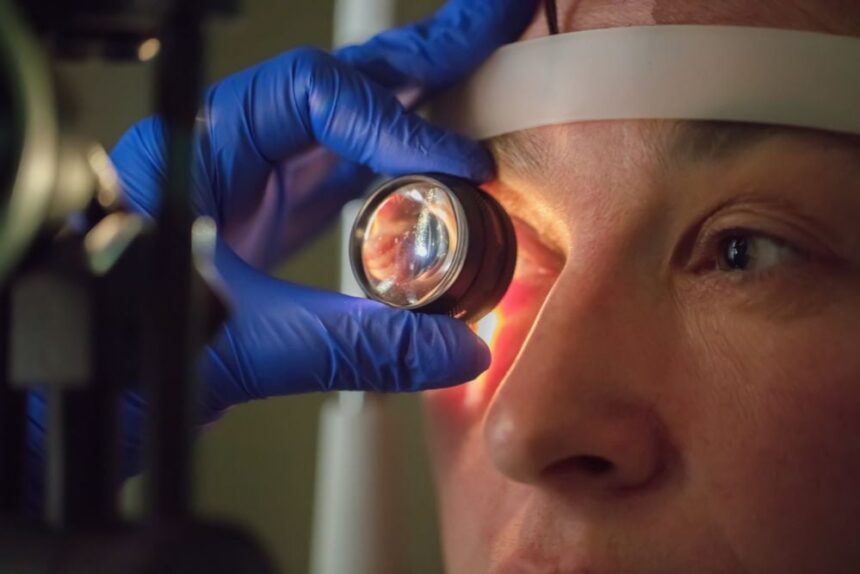Retinal tears are an eye condition that may lead to significant complications if left untreated. Advances in medical technology have given individuals more options for treating this condition. This makes early detection and appropriate care more effective than ever.
What Is a Retinal Tear?
A retinal tear occurs when the thin layer of tissue at the back of the eye, known as the retina, develops a rupture. A tear in this tissue can disrupt normal vision and, if not addressed, might lead to more severe complications such as retinal detachment, a condition where the retina separates from its underlying support layer. Symptoms of these tears often appear suddenly and can vary between individuals. Common signs include the appearance of floaters: shadows or dark spots in your field of vision. Some people may experience flashes of light, particularly in peripheral vision. There may also be a gradual reduction in vision or an increase in blurred areas.
What Causes It?
Retinal tears can arise due to various factors, some of which are related to natural physiological changes, while others stem from external influences. One of the most frequent underlying causes is age. Over time, the vitreous (the gel-like substance inside the eye) shrinks and pulls away from the retina. This natural process, known as posterior vitreous detachment, can sometimes exert enough force to create a tear.
Trauma to the eye is another potential cause, as physical impact can create stress on the retina, particularly in younger individuals. High levels of nearsightedness (myopia) have also been associated with an increased risk of retinal tears. A family history of retinal conditions may further increase susceptibility for some individuals.
How Is It Treated?
Modern treatment options for retinal tears focus on repairing the affected tissue and preventing further damage. The selection of the most appropriate procedure often depends on the severity and specific characteristics of the tear. Laser photocoagulation is one of the primary treatments for this affliction. During this procedure, a specialized laser is used to seal around the edges of the tear. This treatment results in scar tissue that acts as a seal, preventing the tear from expanding and protecting against retinal detachment. This procedure is minimally invasive and can typically be performed in an outpatient setting.
Recent advancements in medical equipment and techniques have improved outcomes for all of these treatments. These may result in faster recovery times and greater precision in addressing retinal tears. Individuals undergoing retinal treatment can often return to regular activities relatively quickly, provided they follow post-operative guidelines.
Consult a Retinal Specialist
While modern treatment methods are highly effective, early intervention remains a key focus in preventing retinal complications. Specialists are equipped to evaluate the specific characteristics of your case and recommend an appropriate course of action, guiding you through the process with clarity and assurance. Prompt attention and access to innovative treatment options can make significant differences in preserving vision and overall ocular health. Whether you’re seeking answers or exploring advanced care, partnering with a knowledgeable professional is the optimal path forward.





